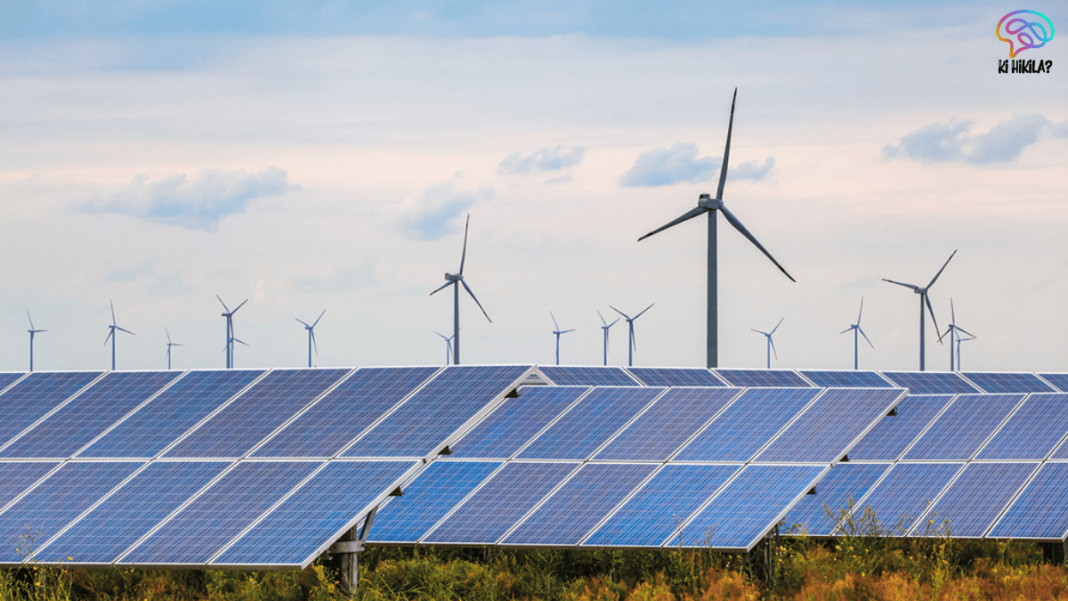Captive Renewable Power Generation is emerging as a transformative trend in India’s power sector. Industrial and commercial consumers are increasingly generating their own renewable energy to meet electricity needs. This shift is gradually altering the traditional electricity market, which has long been dominated by public utilities. More than just an economic choice, this quiet revolution could significantly reshape India’s energy landscape and support its clean energy transition.
Growth of Captive Renewable Power Generation in India
Captive power refers to electricity generated by industries primarily for their own consumption. States like Tamil Nadu are leading this change, where captive renewable power already supplies more than 28% of industrial electricity demand. Factories and large businesses are adopting rooftop solar systems, wind turbines, and hybrid renewable solutions to reduce their dependence on state-run utilities.
Larger industrial units are also exploring the possibility of supplying power to their supply chains and nearby communities. This decentralised energy model reduces transmission losses, enhances efficiency, and fosters localised energy security. Experts describe it as “reforms by stealth,” since it gradually reduces the monopoly of public utilities without requiring massive policy overhauls.
Renewable Energy Capacity Vs. Consumption

India has made rapid progress in renewable energy capacity, with nearly 46% of the installed power generation capacity coming from renewable sources. Yet, this capacity translates to only about 15% of actual peak electricity demand. The gap exists because renewable energy sources such as solar and wind are intermittent, and large-scale storage technologies are still expensive.
Looking ahead to 2030, renewable energy may account for nearly two-thirds of installed capacity but less than one-third of peak demand. This challenge highlights the need for innovations in storage, grid management, and flexible energy systems. Comparatively, countries like China, Brazil, Mexico, and Turkey have already achieved greater integration of renewable energy into actual consumption.
Challenges in Renewable Energy Integration
Despite the opportunities, integrating captive renewable energy at scale faces several hurdles. Renewable energy availability varies significantly across regions. Storage systems such as large-scale batteries, pumped hydro, or green hydrogen remain costly and limited in deployment.
Moreover, India’s green energy corridors—dedicated transmission lines designed to carry renewable energy—are still under development. Transmission infrastructure within states is also expanding slower than renewable capacity additions, creating bottlenecks.
State-run distribution companies (DISCOMs) delay signing power purchase agreements (PPAs), which discourages investors. These factors collectively slow the pace of renewable energy adoption in India, despite strong policy ambitions.
Policy Responses and Coal Dependency
Recognising the importance of decentralised clean energy, the government has introduced favourable regulations for captive renewable power projects. These policies provide industries with greater flexibility to generate and use their own clean power. In parallel, the government is encouraging investments in storage technologies and hybrid renewable systems.
However, coal remains a critical part of India’s energy strategy. The country plans to add around 30 gigawatts of coal-based power capacity by 2030, while existing coal plants are unlikely to be retired early. This dual approach reflects the challenge of balancing energy security with decarbonisation. While renewable energy offers sustainability, coal ensures a reliable supply to meet rising demand.
Future Outlook and Industrial Impact of Captive Renewable Power Generation

The rise of Captive Renewable Power Generation marks a significant step toward decentralisation of India’s energy production. Industries that adopt this model gain more control over their electricity costs, reliability, and carbon footprint. This trend is also driving investments in renewable infrastructure at a time when public utilities are struggling with financial stress.
As India’s electricity demand continues to rise, driven by urbanisation, digitalisation, and artificial intelligence, captive renewable power could become a cornerstone of sustainable economic growth. If supported by strong policies, efficient transmission systems, and affordable storage, captive renewable generation can bridge the gap between capacity and consumption.
In the long run, this model promises not only cleaner energy but also greater resilience, economic competitiveness, and a reduced burden on the national grid. The quiet revolution of captive renewable power could therefore play a defining role in shaping India’s clean energy future.



